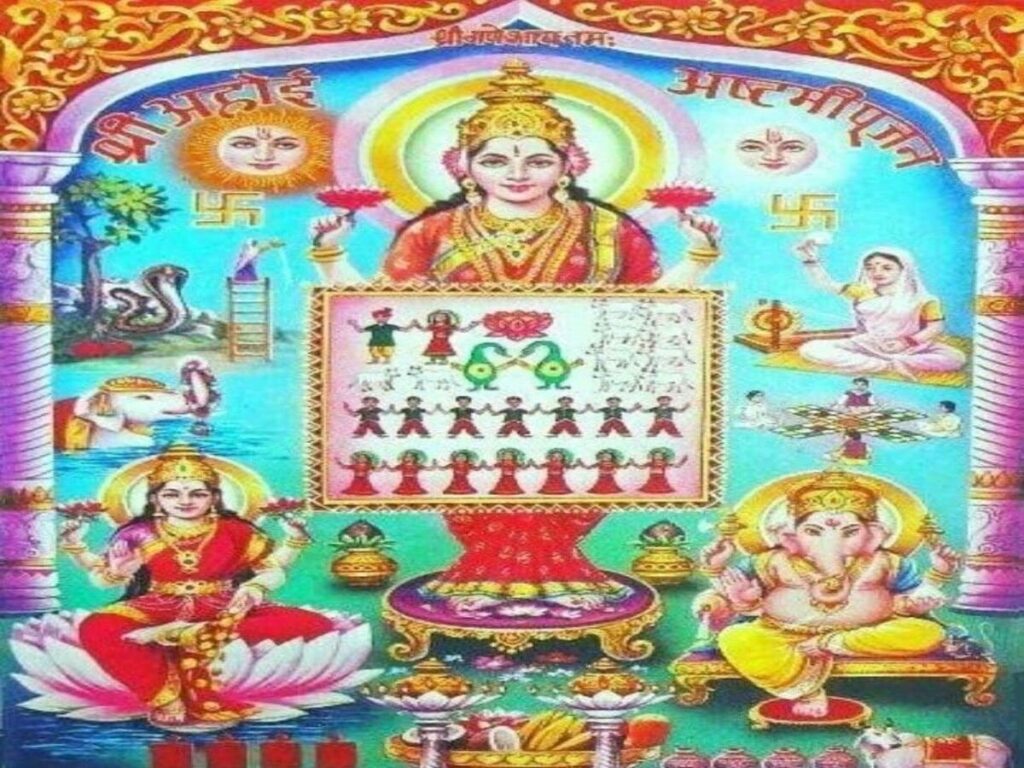Ahoi Astami, a significant festival in Hindu tradition, is dedicated to the worship of Ahohi Mata, the goddess who blesses children with good health and prosperity. This festival is particularly important for mothers who pray for the well-being and success of their children. Celebrated during the Krishna Paksha of the Kartik month, Ahoi Astami is marked by various rituals and offerings. In this article, we will explore the essential items needed for the Pooja, the significance of the rituals, and tips for a successful Ahoi Astami celebration.
Significance of Ahoi Astami
Ahoi Astami serves several important purposes in the lives of devotees:
- Protection and Blessings: Mothers pray to Ahohi Mata seeking protection for their children from ailments and adversities.
- Prosperity: The festival emphasizes the importance of family well-being and prosperity.
- Spiritual Growth: Participating in the rituals fosters spiritual growth and strong family bonds.
Items Required for Ahoi Astami Pooja
For a successful Ahoi Astami Pooja, certain items are essential. Below is a list of these items, along with their significance:
| Item | Significance |
|---|---|
| Ahoi Mata Idol or Image | Central focus for worship to seek blessings. |
| Sweets and Fruits | Symbolic offerings representing the sweetness of life. |
| Rola or the Clay Plate | Used to place the offerings for the goddess. |
| Rice and Yellow Mustard Seeds | Signifies prosperity; rice is also a staple food. |
| Diya (Oil Lamp) | Represents the dispelling of darkness and ignorance. |
| Red Thread | Used for tying the religious thread around the wrist, symbolizing protection. |
| Flowers | Offerings to show reverence and love. |
| Puja Thali | Holds all items needed for the worship ceremony. |
Rituals of Ahoi Astami
The rituals performed on Ahoi Astami are both meaningful and steeped in tradition. Here are the major rituals followed by devotees:
Preparation
Before the day of the festival, devotees clean their homes and prepare the Puja area, creating a serene atmosphere for the worship.
Fasting
Mothers often observe a fast from sunrise to sunset, symbolizing dedication and devotion. The fast is typically broken after performing the Pooja.
Puja Ceremony
On the day of Ahoi Astami, the Puja involves offering the required items, lighting the diya, and reciting specific prayers to Ahohi Mata, expressing gratitude and seeking her blessings for their children.
Community Celebrations
The festival is also a time for community bonding, as many families gather to celebrate together, share food, and strengthen kinship ties.
Conclusion
Ahoi Astami is not just a ritualistic occasion; it is a heartfelt expression of love from mothers toward their children. The items and rituals associated with this festival hold deep significance, reinforcing the cultural values of devotion and family unity. By understanding the essentials of Ahoi Astami and actively participating in the Pooja, devotees can invite prosperity and health into their homes, cultivating a nurturing environment for their loved ones.
